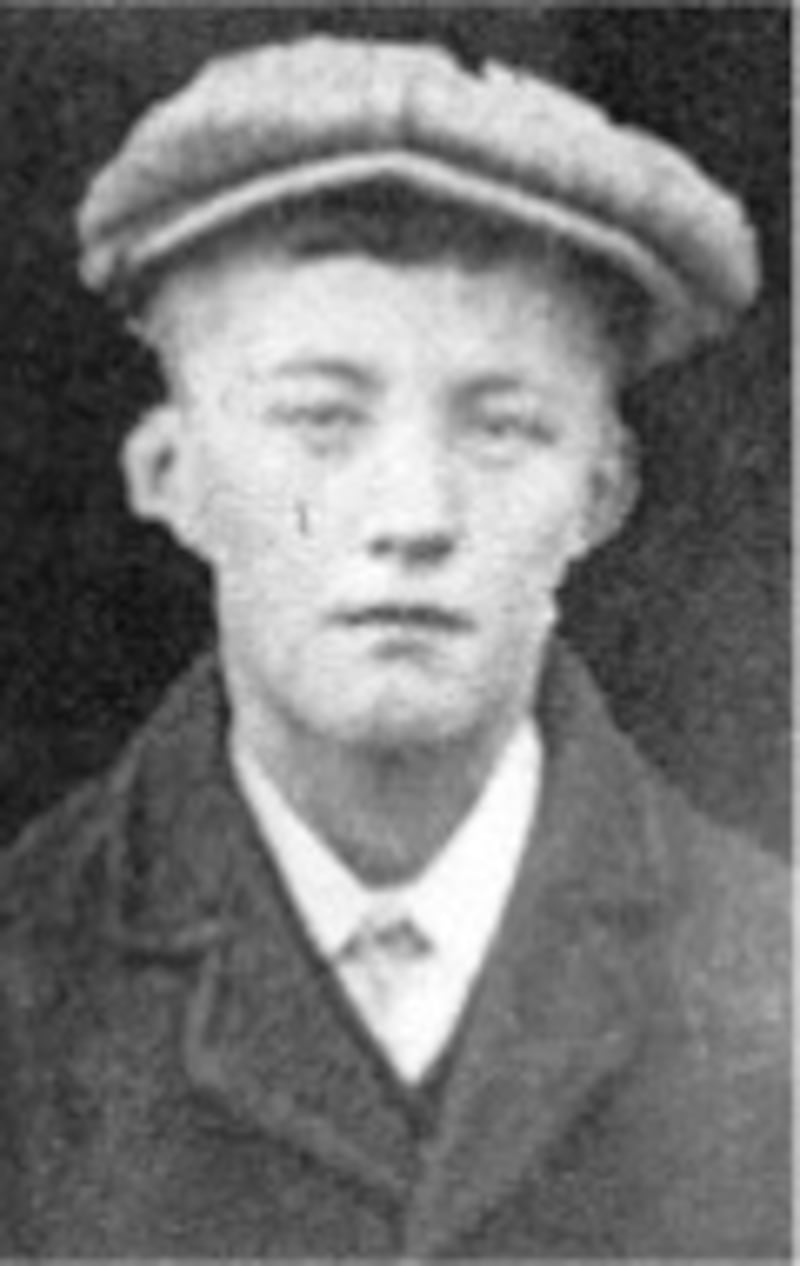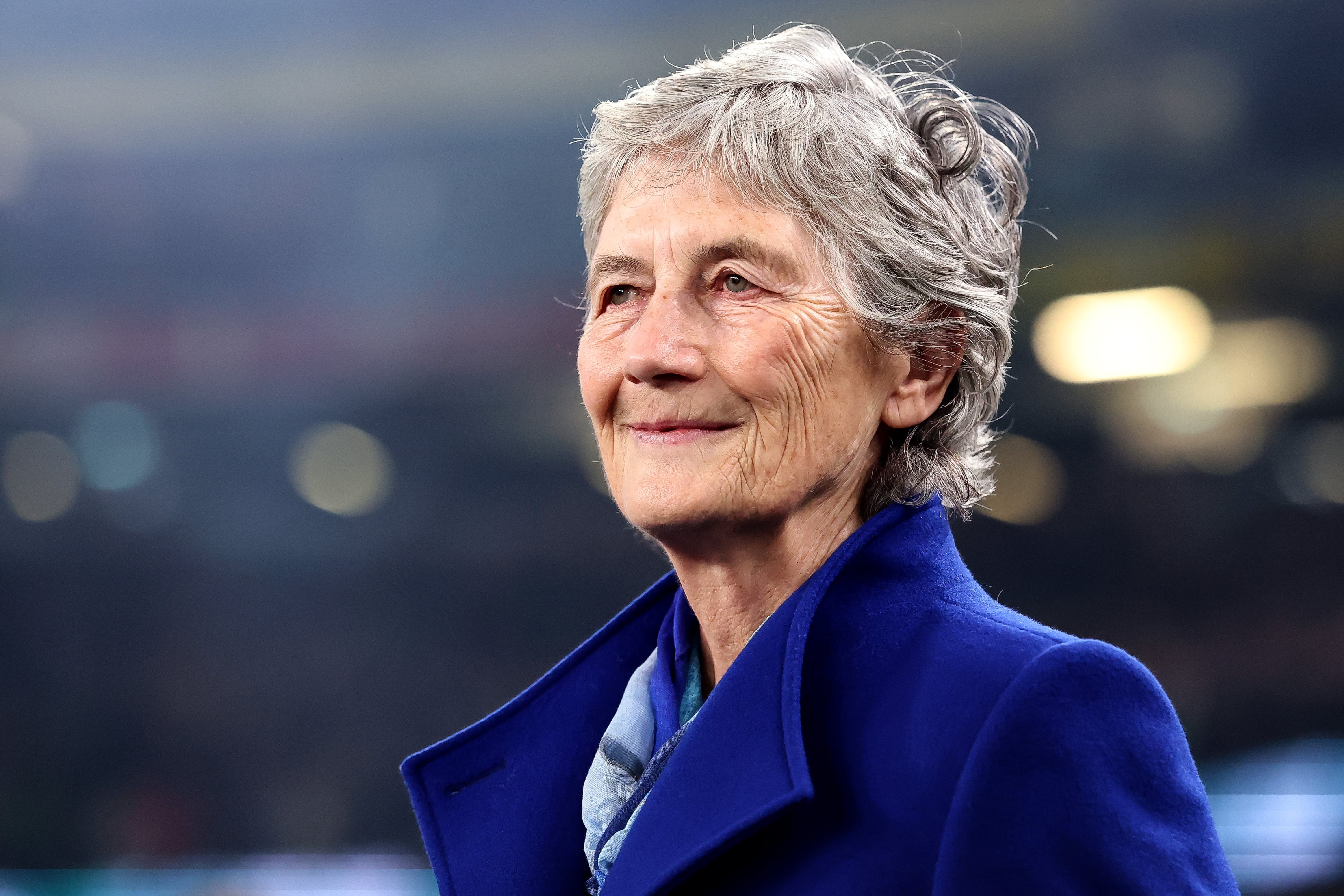The first member of An Garda Síochána to die on duty when he was shot dead by members of the anti-Treaty IRA 100 years ago today will be remembered at a ceremony in Co Tipperary on Monday.
Garda Henry Phelan (21) was shot dead in Mullinahone, Co Tipperary on November 14th 1922, just six months after he joined the new police force, and today to mark the centenary of his killing, a wreath will be laid at the spot where he was shot and a memorial unveiled outside the local Garda station.
Local Cllr Mark Fitzgerald of Fine Gael said it was only right and proper that Garda Phelan be remembered for the ultimate sacrifice he had made, the first of 89 members of An Garda Síochána who lost their lives in the service of the state in the 100 years since the force was formed.
“An Garda Síochána has provided an invaluable service to the people of this state for the past 100 years and it’s only appropriate that we honour the first member of An Garda Síochána to lose his life while on duty which sadly happened here in South Tipperary 100 years ago,” said Cllr Fitzgerald.
READ MORE
Today’s ceremony will begin with a memorial mass for Garda Phelan at St Michael’s Church in Mullinahone at 11am which will be followed by a wreath-laying ceremony by Chief Supt Colm O’Sullivan of Tipperary at the premises on Kickham Street where Garda Phelan was shot dead.
Serving and retired members of An Garda Síochána from Tipperary, led by the Garda Band and the Garda Ceremonial Unit will then march to Mullinahone Garda station where Deputy Commissioner Anne Marie McMahon will unveil a monument in memory of Garda Phelan
According to John O’Brien, author of the recently published ‘Securing the Irish State: An Garda Síochána – A Century of Policing 1922-2022′, Garda Phelan, a native of Rushin, Mountrath, Co Laois, was the only member of the new force to be killed during the Civil War.

“In the overall circumstances of the Civil War, this was a remarkable situation because killing on both sides was a daily occurrence. The Civic Guard achieved non-combatant status. This was achieved due to their well-publicised unarmed status,” said Mr O’Brien.
Fellow author, Colm Wallace detailed what exactly happened to Garda Phelan on that fateful day in Mullinahone in his book ‘The Fallen: Gardaí Killed in Service 1922-1949′ which tells the story of 21 gardaí killed in the line of duty in the Irish Free State.
According to Mr Wallace, Garda Phelan was the youngest of nine children and, after serving with the IRA in his native Laois during the War of Independence, he applied to join the Civic Guard, joining on May 27th 1922, and after a short period of training at the Curragh, he was posted to Kilkenny.
Mr Wallace pointed out that Garda Phelan was among the first detachment of 26 gardaí sent to the old RIC Barracks on Parliament Street in Kilkenny on September 27th 1922, but at the end of October, he was transferred along with twelve of his colleagues and a sergeant to Callan in south Kilkenny.
“Just after 3pm on Tuesday, November 14th 1922, Garda Phelan, along with two colleagues, Garda Irwin and Garda Flood were granted an afternoon’s leave from their superior officer, Sgt Kilroy. The men had decided to cycle the five miles to Mullinahone – the trip was a recreational one.”
According to Mr Wallace, Garda Phelan and his colleagues had gone to Mullinahone to buy a sliotar and some hurleys for a new team that Garda Phelan was planning to set up in Callan and after purchasing the goods, they went into Ms Mullally’s pub and general grocers for a glass of lemonade.
“Three armed men rushed into the premises. The first of the intruders produced a revolver while the man behind him held a rifle level with his hip. The first man fired a shot in the direction of the three men from three or four yards. It hit Garda Phelan in the face and he fell heavily on to the floor.”
According to Mr Wallace, the second raider, who was still pointing his rifle at Garda Irwin and Garda Flood, seemed just as surprised by the shooting as the two gardaí and he asked his compatriot with the revolver, ‘What are you after doing – why did you fire?’.
The first man muttered something inaudible and put the revolver back in his holster and as Garda Flood begged to be allowed come to the aid of his fallen comrade, the gunmen gave him permission to do so but a local doctor arrived soon after and pronounced Garda Phelan dead at the scene.
According to John O’Brien, an inquest was held on November 16th at which Ms Mullally said she knew the identity of Garda Phelan’s killer and wrote his name on a piece of paper which she gave to the coroner, but the person was never charged even though the jury returned a verdict of murder.
Soon after, Chief of Staff of the anti-Treaty IRA, General Liam Lynch issued orders forbidding the shooting of unarmed members of the Civic Guard and no other gardaí were killed during the remainder of the Civil War which continued until May 24th 1923.
Today’s ceremony is the second to honour Garda Phelan and follows one on Saturday when wreaths were laid by the Garda Síochána Retired Members Association, Deputy Commissioner McMahon and descendant Patrick Phelan at Garda Phelan’s grave at Camross Cemetery in Mountrath, Co Laois.












